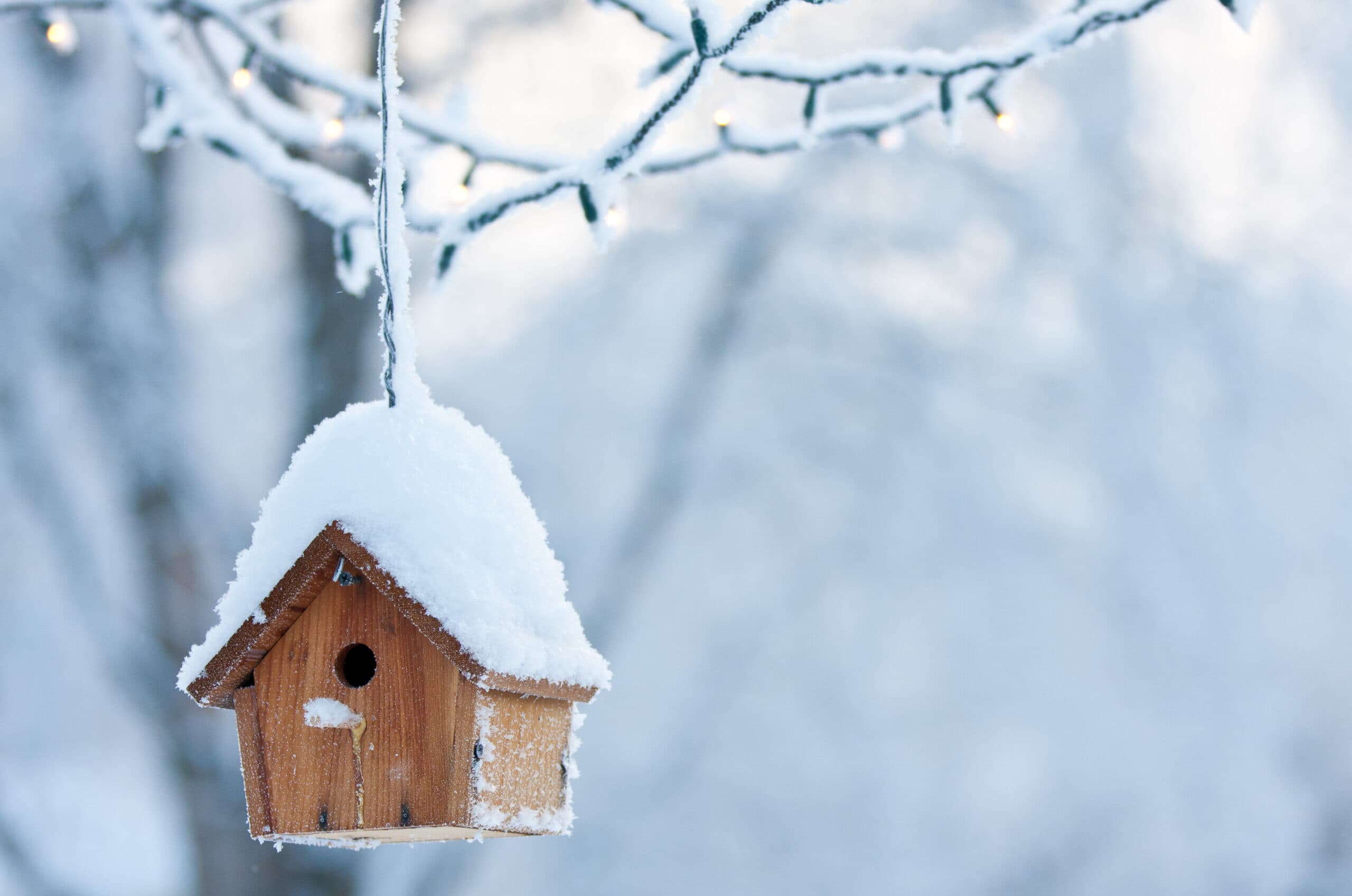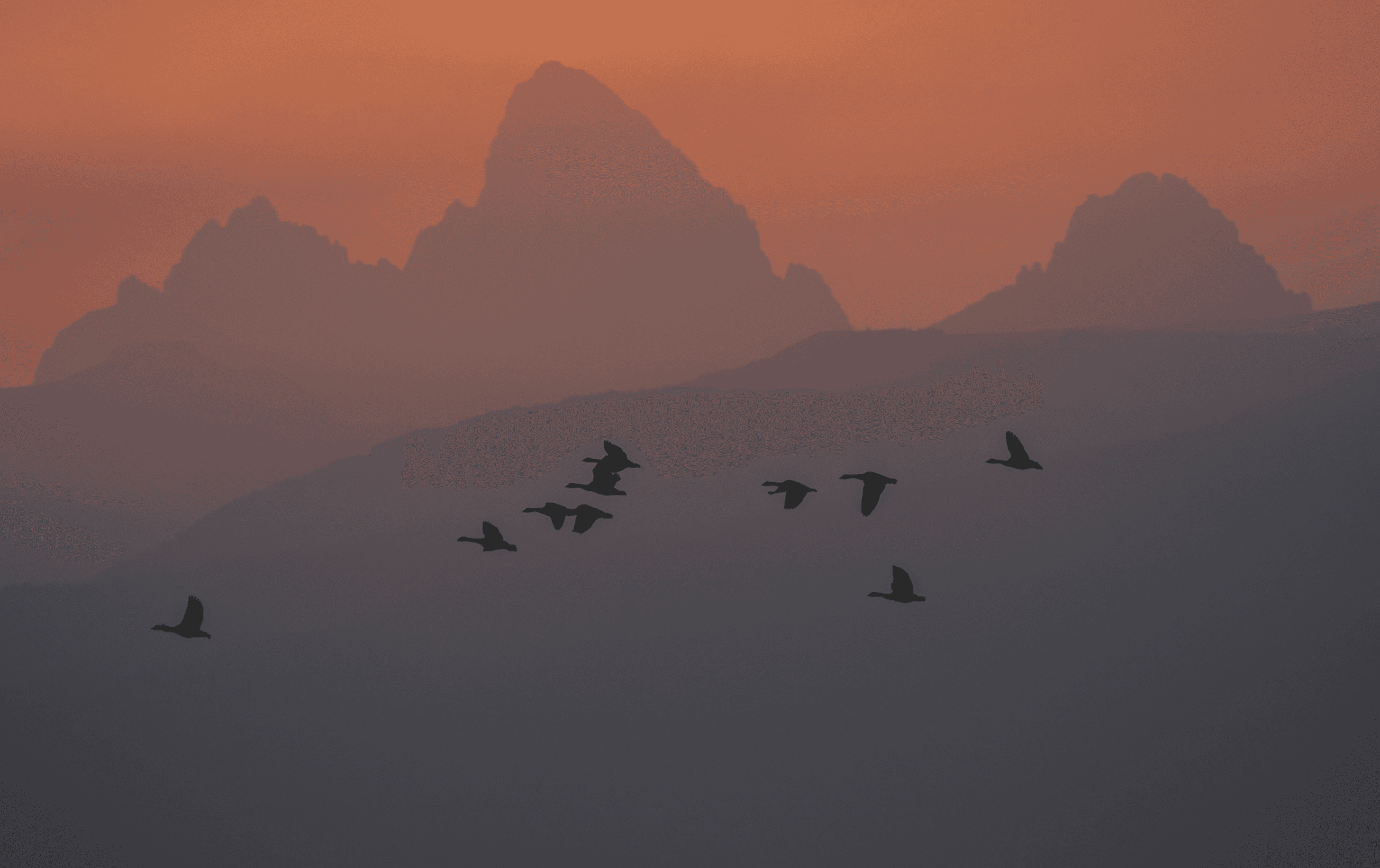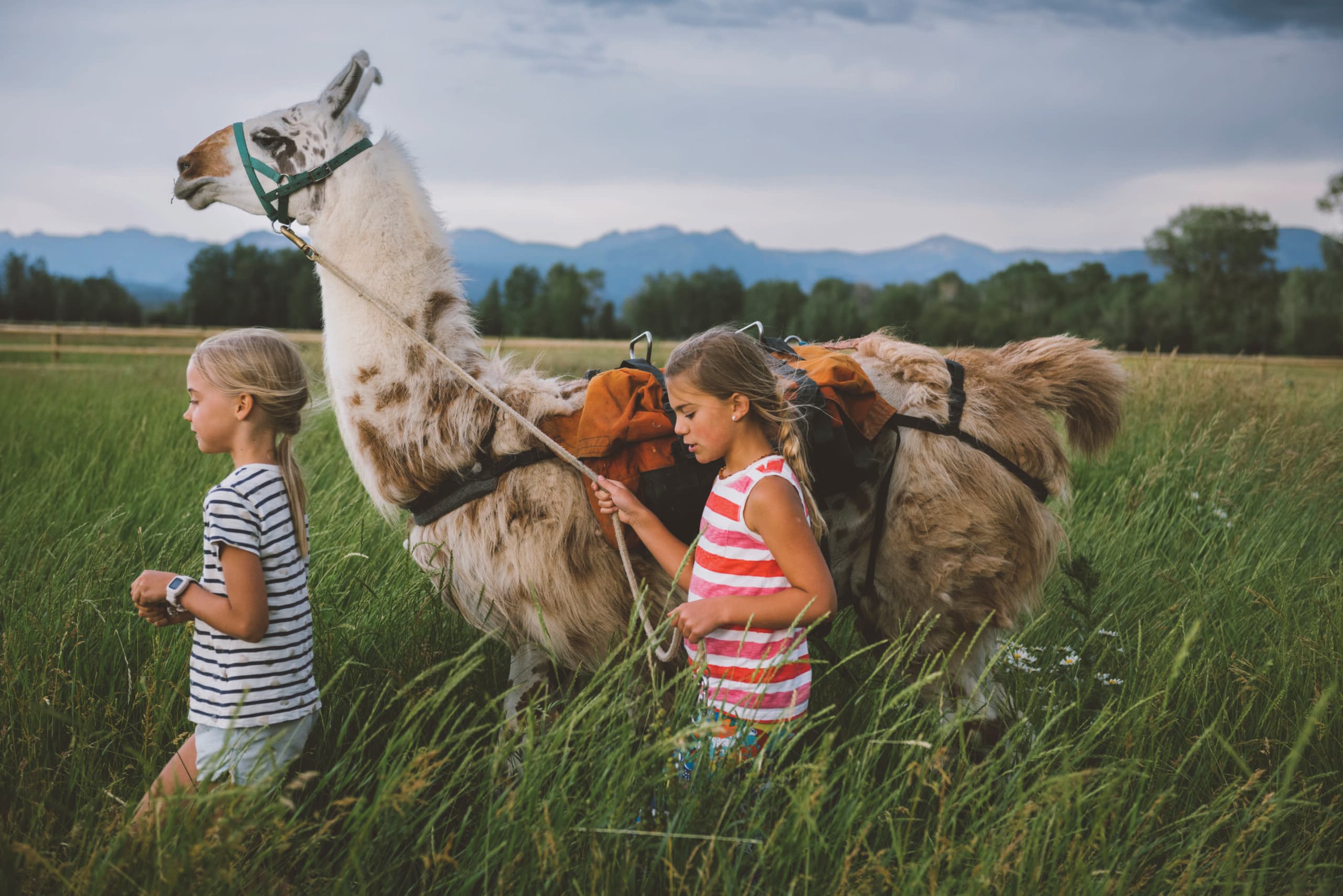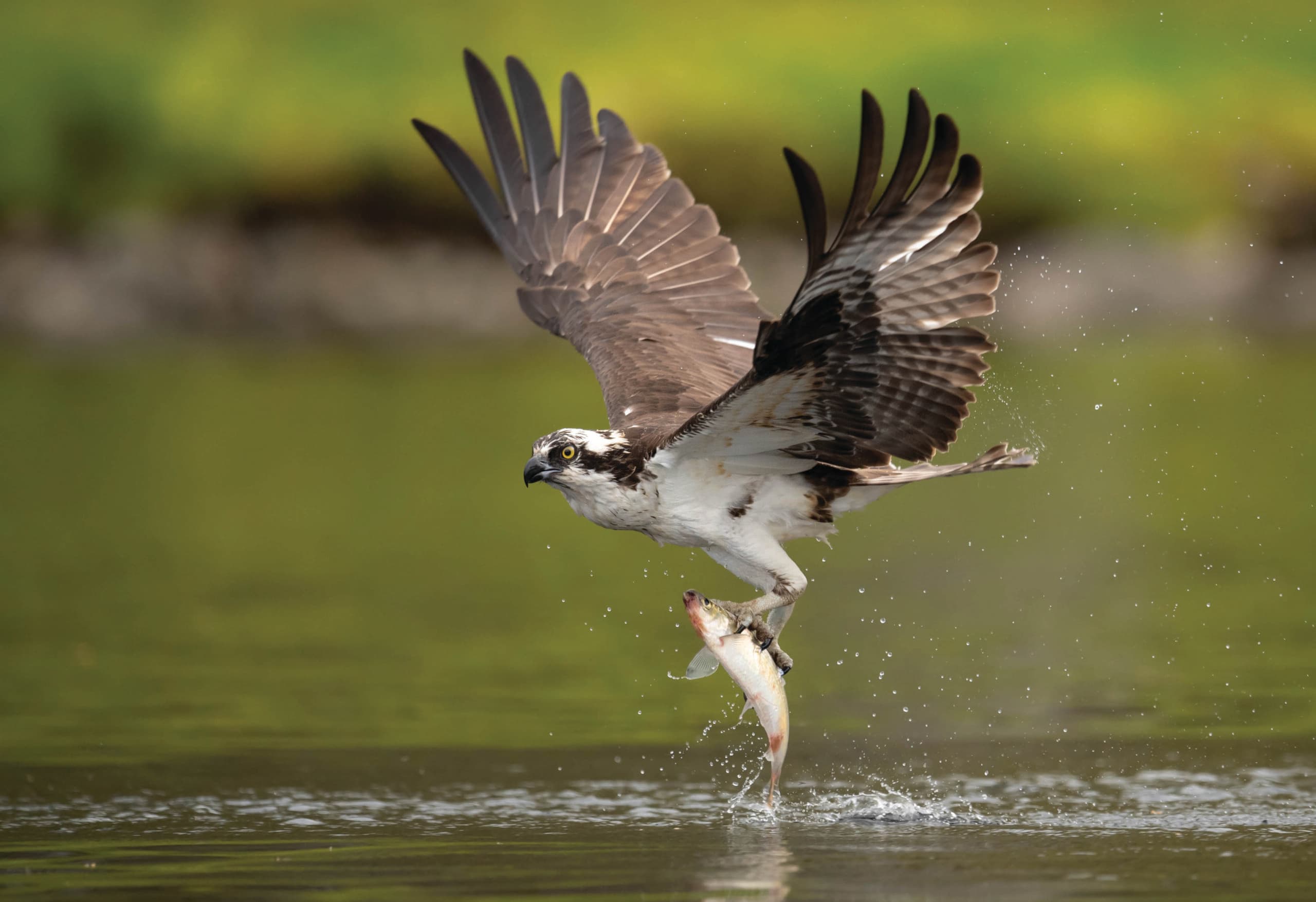Wee Winter Wonders

In praise of the passerines’ resilience during the frosty season
I marvel at the tiny birds I see during our long winters, flitting about the backyard feeder or perched like little puffballs on brittle aspen branches.
Sure, I admire the big birds of winter, too—the trumpeter swans, bald eagles, great gray owls … But there’s just something about the more petite birds that captures a lopsided share of my respect. They’re like little survival heroes.
In general, I’m talking about the passerines, those smaller birds you can, and would want to, attract to your feeders. (An oversized exception is the common raven, a passerine you probably do not want at your feeder.)
What is a passerine? It’s a bird of the order Passeriformes, which includes more than five thousand identified species worldwide, or over half of all bird species. The feet of all passerines feature three unwebbed toes pointing forward and one strong, flexible toe called the hallux pointing backward, in what is known as an anisodactyl arrangement. This allows the bird to perch on things like tree limbs and bird feeders and explains why passerines are commonly known as perching birds.
Conversely, members of the catch-all category of non-passerines often have little in common other than their shared birdiness. They include everything from woodpeckers to waterfowl, eagles to owls, and emus to hummingbirds.
Most passerines belong to the suborder Passeri, the songbirds. Those creatures responsible for the array of sounds that drift through your open bedroom window in May; sounds that signal spring as sure as the retreating snow piles lining your driveway. (And, okay, the same birds sometimes guilty of cacophonously rousing you from your dreams before dawn.)
But we’re talking winter here, when passerines are focused on eating and surviving, not singing and breeding. Teton Valley’s numerous winter species include birds that come down from the higher elevations of the mountains ringing the basin, such as the pine grosbeak and rosy finch. Others, like the snow bunting and Bohemian waxwing, migrate in from latitudes to our north. Thirdly are year-round residents of the valley, including birds like the American goldfinch, black-capped chickadee, and house finch.


A birdhouse covered in snow with Christmas lights in the background.


One of the most appealing aspects of these birds is that—unlike most other nonhuman neighbors we share the Greater Yellowstone Ecosystem with—you can safely and ethically get close to them. Attracting them to your property is okay, even encouraged. According to the website of Idaho Fish and Game, “Usually, feeding wild animals is not a smart move. Feeding birds, however, is a special case, since they don’t often become dependent on feeders alone, and instead use feeders to supplement their daily natural diet. Winter feeding also gives a little assistance to our feathered friends during the harsh, colder months.”
Other than taking advantage of backyard feeders, how do these birds make it through the winter?
First off, winter is indeed tough, but the other option—migrating south—comes fraught with its own perils. Among them are exhaustion, getting blown into a river or other body of water during a storm, and being attacked and gobbled down by a predator.
Those birds that “choose” to winter in cold climates like ours have developed an array of adaptations. Take the black-capped chickadee, one of our most familiar avian denizens of the cold and snowy months. This small bird, weighing around half an ounce, can even make it through the forty and fifty below temperatures of interior Alaska.
Adaptations the chickadee has developed include the practice of dining from strategically placed seed caches they’ve hidden the previous autumn. They also fluff out their feathers to create excellent insulation, seek nighttime shelter in tree cavities and other protected holes, and have the ability to go into “regulated hypothermia,” thereby conserving great amounts of energy. Through entering this state of torpor, the bird lowers its normal daytime body temperature of 108 degrees F to just 85 or 90 degrees F. This has the effect of reducing its hourly metabolic output by some 25 percent when the outside temperature is 32 degrees F. The colder it gets, the more energy the bird conserves.
If the food supply is available, a chickadee can consume over half of its body weight in a day. It will go from having virtually no body fat in the morning to weighing upwards of 10 percent more by nightfall. This sets the stage for entering the hypothermic state, when the bird uses the extra body fat to induce shivering—i.e., repeatedly flexing its pectoral muscles—and generate heat.
The chickadee’s feet are also adapted to prevent freezing. The veins that return cooled blood to the body are in close proximity to the arteries that feed their feet with warm blood. This creates a heat transfer to that colder venous blood. The birds do have consistently cold feet in the winter, around 30 degrees F, yet they do not freeze.
When it gets really cold, say 10 degrees F and below, chickadees can benefit greatly from the sunflower seeds and other supplemental food they find at feeders. So can many other species of our fine feathered friends.
To learn more about all facets of bird life in the valley, visit the Facebook page of the Teton Area Birding Society.



Tips for Attracting Feathered Visitors
Recent studies suggest that seeing and hearing songbirds is associated with better physical and mental health in humans. (Perhaps the same cannot be said about that other brand of “Tweeting” widely practiced today.) These birds are ubiquitous and provide a connection with nature that is often subtle, perhaps even subliminal. It’s also fun, and easy, to bring them to your backyard.
Different styles of feeders tend to attract different species of birds. The traditional hanging feeder will bring in songbirds like chickadees and nuthatches, while a hanging thistle feeder—whether the traditional soft mesh sock-style or more durable metal mesh—is favored by siskins and goldfinches. Any feeder should be cleaned and disinfected with a diluted bleach solution every month or so. Perch-style feeders are easier to keep sanitary than open, saucer-style feeders.
Varieties of birdseed available include black-oil sunflower seed, cracked corn, millet, and Nyjer thistle, which is particularly popular among the winter finch crowd. To avoid mold and uninvited guests like rodents, all birdseed should be stored in waterproof containers.
Try also to provide a source of water for your feathery visitors to help them stay hydrated and bathed. Feathers must be clean to retain their insulative qualities, explaining why you’ll often see more birdbath activity in winter than in summer. The water in a dedicated birdbath, or even just a clay saucer, can remain unfrozen with the help of a birdbath heater.
Be cognizant of where you place your feeder(s) or you might harm the avian population more than help it. If it’s placed out in the open, certain birds of prey might be attracted to your intended guests; too close to a fencepost or low-hanging ledge and the neighbor’s housecat might be tempted to commit bird murder. Also avoid placing feeders close to windows, which birds often inadvertently crash into.




